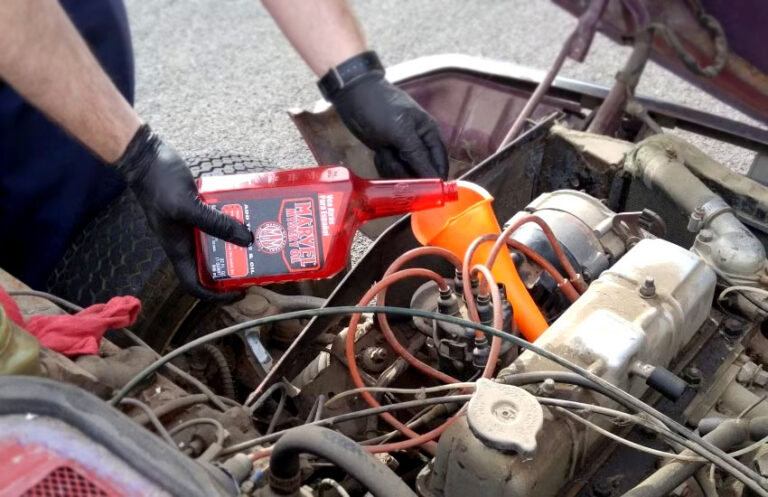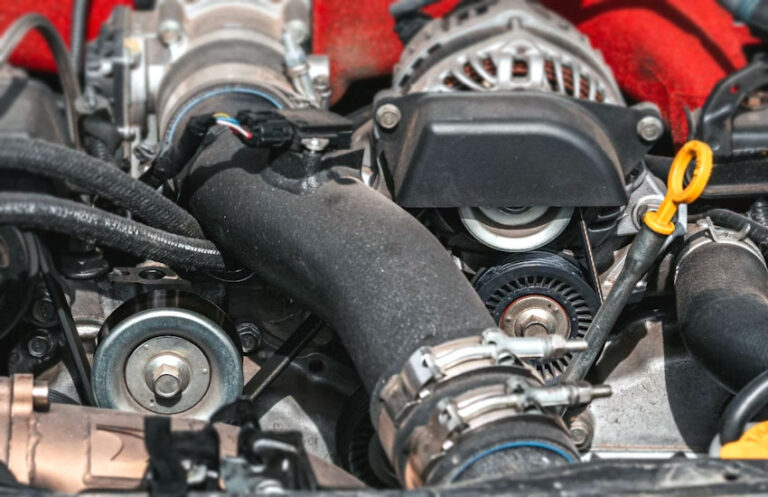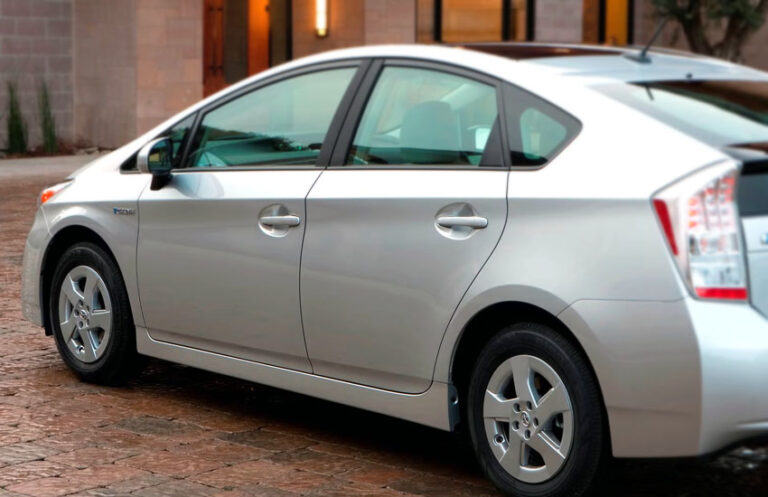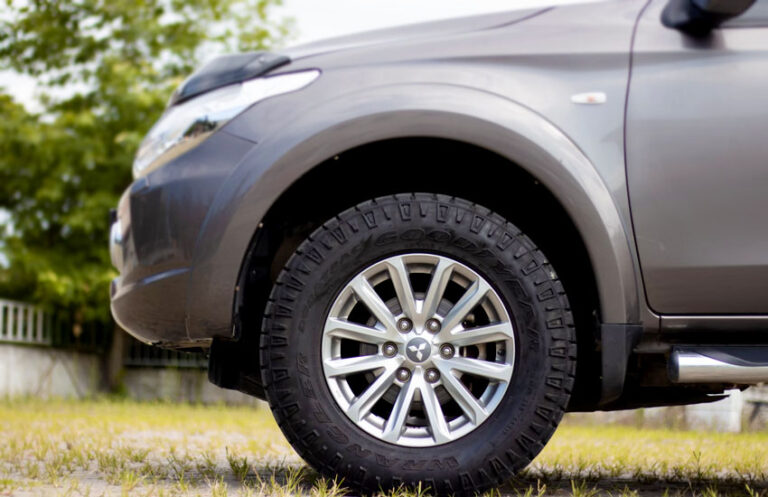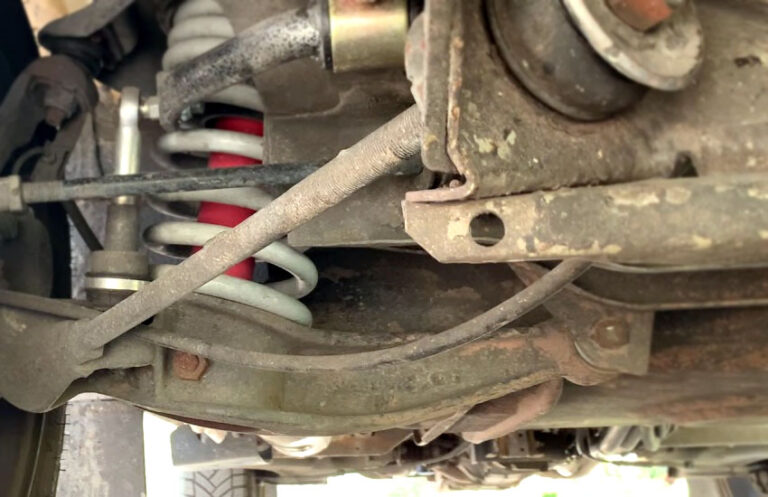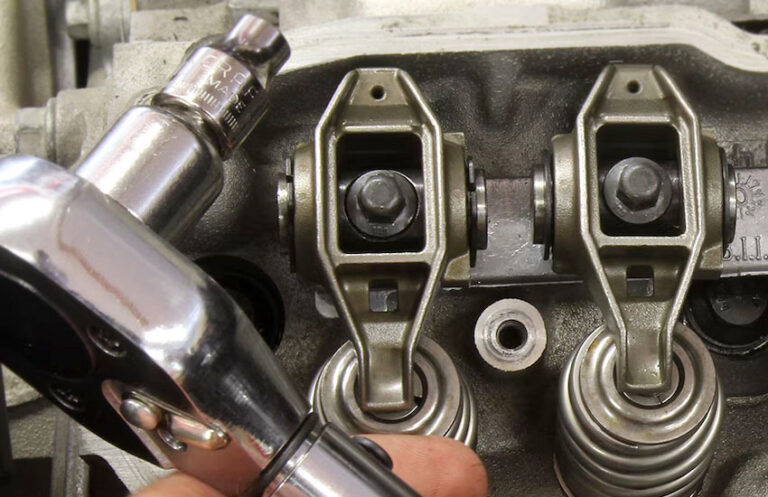As an Amazon Associate, I earn from qualifying purchases at no extra cost to you.

How Many Miles Can I Drive With 30% Oil Life Remaining?
Have you ever seen that little oil life reminder light pop up on your dashboard and wondered, “How far can I actually go with…



